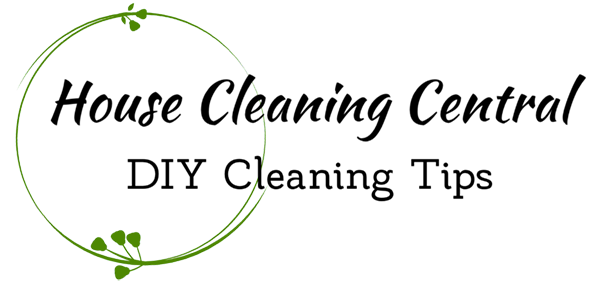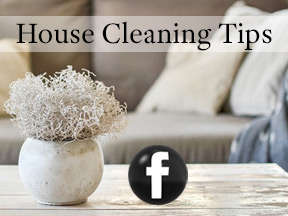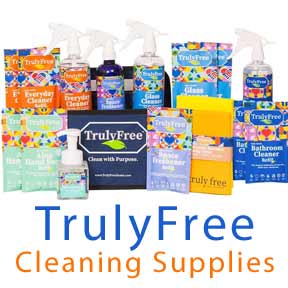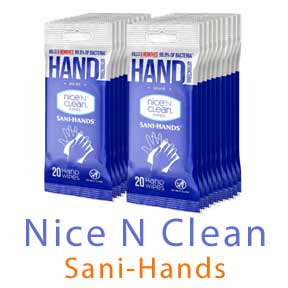How to Organize Paperwork
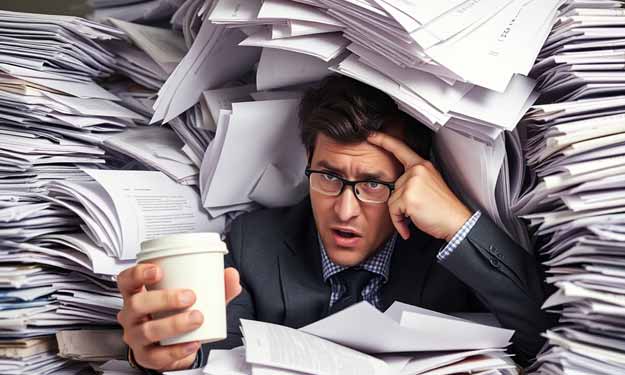
How to Organize Paperwork: Tips for Tackling the Clutter
Stacks of paper, junk mail, and lost bills – we’ve all been there. Despite the promise of the digital age, many of us still deal with overwhelming piles of paper that clutter our homes and offices so it’s good to have the basic ideas of how to organize paperwork and the good news is with a few smart systems and consistent habits, you can transform your paper chaos into organized calm.
Why Paper Clutter Happens
From junk mail and unpaid bills to printed documents and receipts, paper accumulates fast – especially when we procrastinate. Even in the digital age, many of us still print documents “just in case,” but forget to file or toss them later. Over time, this leads to messy desks, lost paperwork, and unnecessary stress.
Step-by-Step Paper Organization
Sort by Category
Start with an initial sort. Write down 4 – 6 broad categories that match the types of paperwork you typically handle. For example:
- Personal
- Finances
- Medical
- Business/Work
- Home/Property
- To-Do/Action Items
As you go through each piece of paper, place it into the appropriate category. Once sorted, label folders or containers with your categories and begin filing.
Shred or Recycle Useless Papers
Be ruthless about what you keep. Toss out anything outdated, duplicated, or irrelevant. If documents contain personal information (like account numbers or your address), shred them before discarding.
Don’t have a shredder? Consider composting uncoated paper or cut sensitive items into tiny pieces before disposal.
Sort by Priority
Once categorized, decide which files you need access to regularly and which can be stored away. Keep high-priority folders (like unpaid bills or current projects) near your workspace.
Use vertical file caddies to store active files upright on your desk – this makes it easy to see labels and access items quickly.
Create a Filing System That Works for You
Head to an office supply store and explore filing systems. Consider:
- Filing cabinets (with color-coded folders)
- Plastic stacking boxes
- Desktop file holders or trays
- Corrugated storage boxes for seasonal or rarely accessed files
Label everything clearly. Consider using color to differentiate categories (e.g., green for finances, red for urgent action).
Establish a Daily Cleanup Routine
How to organize paperwork isn’t a one-time task – it’s a habit. Take 10 – 15 minutes at the end of your workday to:
- File any paperwork you used
- Shred or recycle junk mail
- Wipe down your workspace
- Re-set your tools and supplies (pens, scissors, stapler)
Starting each day with a clean desk helps you stay productive and reduces stress.
Managing Incoming Paper
- Sort mail immediately. Recycle or shred junk before it hits your desk.
- Create a designated spot for unpaid bills or action-required documents.
- Shred credit card offers and anything with personal info. Identity thieves love unattended mail!
Bills
- Keep unpaid bills in a clearly marked folder or tray.
- Once paid, write the payment date on the bill and file it under “Paid” or by category (Utilities, Credit Cards, etc.).
Junk Mail
- Unwanted catalogs, ads, and mailers pile up fast. Toss or recycle on the spot.
- Shred solicitations with personal data, especially credit card offers.
Paperwork Organizing Tools
Whether you have a full office or just a corner in your kitchen, the right tools make a big difference:
- Desktop file holders
- Multi-drawer cabinets
- Color-coded folders
- Inbox/outbox trays
- Vertical wire “step” files
- Label makers or sticky labels
Keep It Up: Staying Organized!
Staying organized with paperwork isn’t about perfection – it’s about consistency. Whether you’re running a busy office or managing a household of one, these simple habits can save you time, reduce stress, and help you stay on top of life’s details.
Clean up your desk at night, file papers daily, and shred what you don’t need. You’ll start each day feeling clear-headed and in control.
